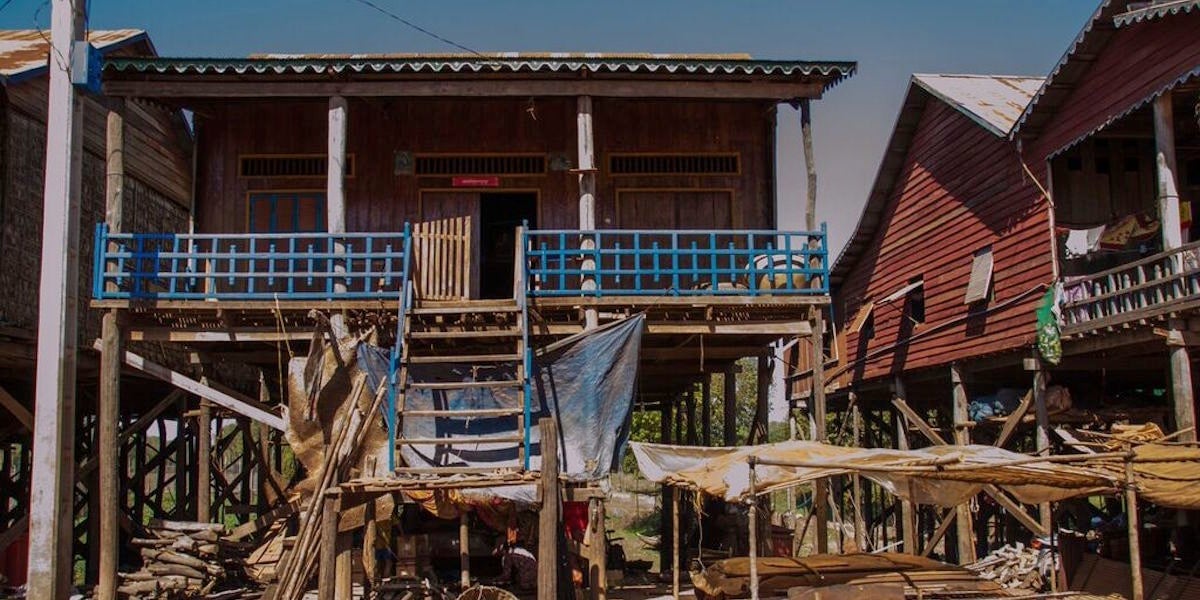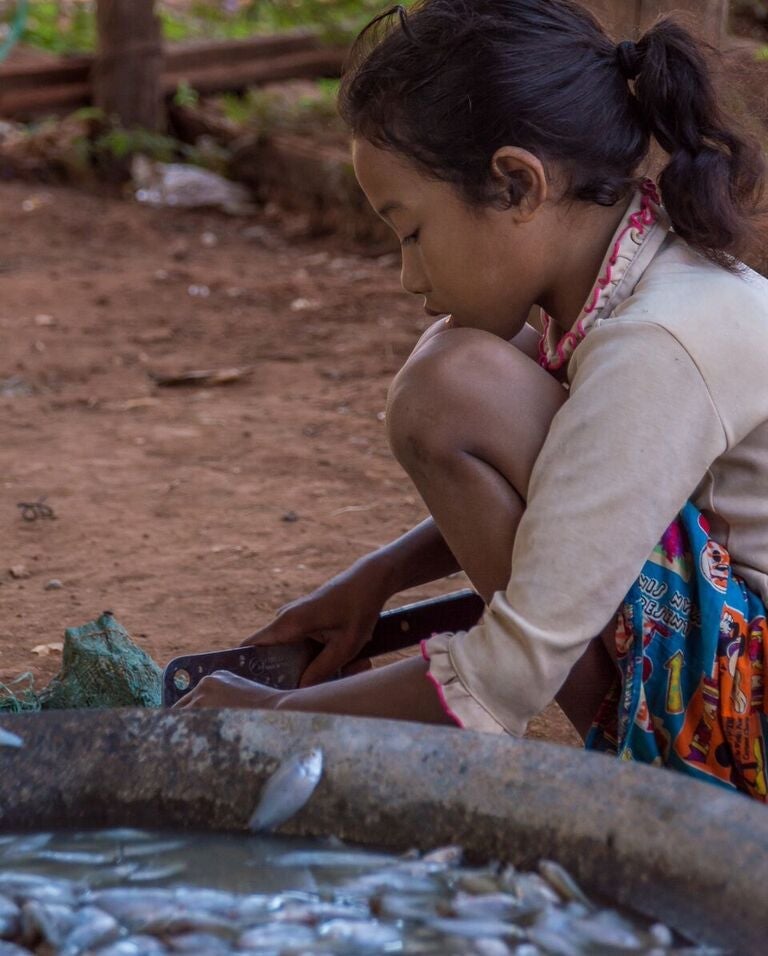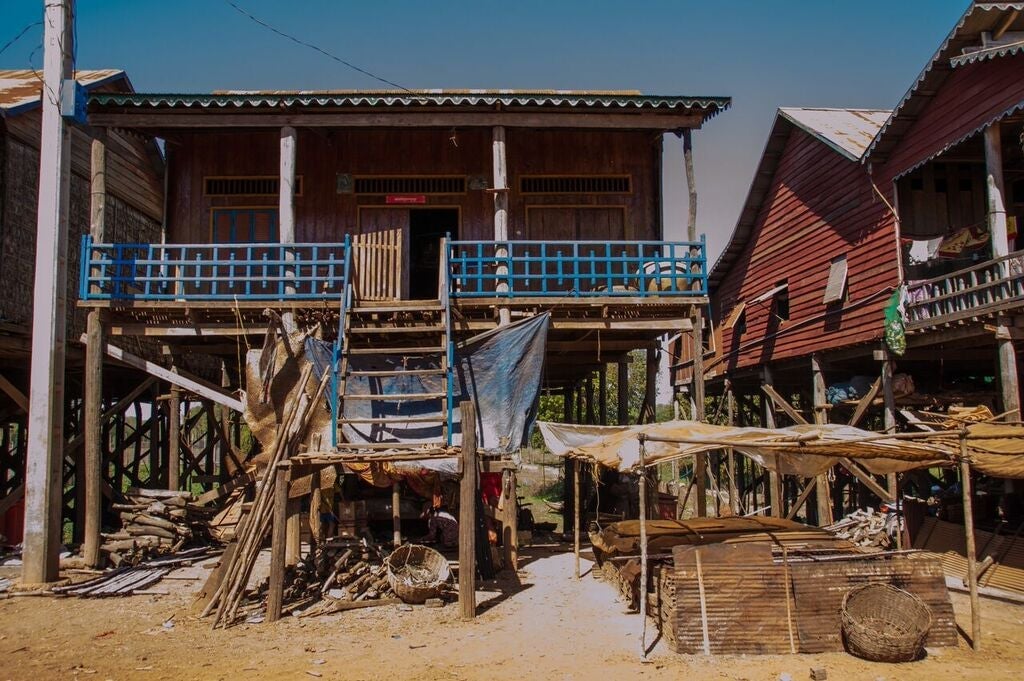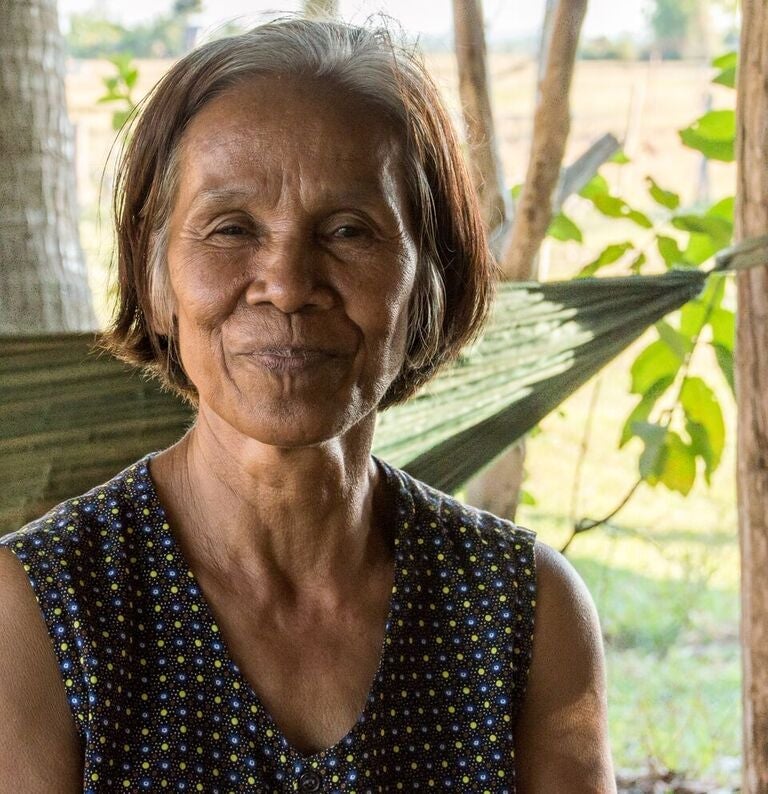The ethical questions that every traveler should ask about poverty tourism
Poverty tourism is in vogue. Well-heeled global travelers now regularly stray off the beaten path with the goal of understanding “real life” in the places they visit, dropping in on Brazil’s favelas and New Orleans’ hurricane-ravaged Lower Ninth Ward. Reports are circulating that Norwegian teens are even participating in a camp that lets them role-play the experiences of real-life refugees—an experience promising to teach young people compassion via “play, fun and joint adventure.”


Poverty tourism is in vogue. Well-heeled global travelers now regularly stray off the beaten path with the goal of understanding “real life” in the places they visit, dropping in on Brazil’s favelas and New Orleans’ hurricane-ravaged Lower Ninth Ward. Reports are circulating that Norwegian teens are even participating in a camp that lets them role-play the experiences of real-life refugees—an experience promising to teach young people compassion via “play, fun and joint adventure.”
It’s hardly surprising that these kinds of tourist practices have spurred a lot of condemnation. Critics argue that they are deeply exploitative, positioning the people outside the windows of tour buses as inhabitants of a human zoo. On the other hand, some travelers would argue that it’s equally or perhaps more unseemly to spend their vacations in the privileged shelters of resorts and designated tourist areas.
My own experiences traveling in Asia have frequently forced me to confront these questions. I’ve found no easy answers. But I do believe that when tourism is done right, it can change you for life, generating compassion, empathy and understanding in a world that sorely needs it.
Touring Cambodia
Last December, my traveling companions and I went to Siem Reap, Cambodia, to explore the area’s extensive ruins with our tour company, AboutAsia Travel. Sandwiched between visits to Angkor Thom, Ta Prohm, Bayon, and Angkor Wat was a day on the water. We planned to visit Tonle Sap Lake, the largest freshwater body in all of Southeast Asia. The lake is famous for its currents, which completely reverse course in monsoon season, and for its floating fishing villages.
We were there to see what life was like for the local population—Khmer people who work as farmers and fishermen. This is a country where the average annual income is around US $1,020. It is a life of rigorous manual labor, dependent on the vacillations of weather. Today, climate change is making this already-difficult work even harder.
My friend Karen, who booked our tour, chose AboutAsia for two reasons. First, 100% of their profits go toward building schools across Cambodia. Second, they make it a point to show visitors more than just the typical touristy sights. Proponents call this sustainable tourism or development tourism. Critics have darker terms for it. And it’s worth noting that the cost of such tours often exceeds the annual income of the locals we are there to see.

When we arrived in the fishing village, we watched some girls sort and cut the heads off of tiny fish—then went inside one of the stilt homes. That’s when my friends and I started to question what we were doing. Inside a dark, one-room shack with thin curtains for walls, we smiled and said hello to the lady of the house and her young daughter. I took photos. After a few minutes, we thanked them and left in the van.
“That felt a little weird, right?” my friend Candice asked. Yes, it had. I wondered what the people we’d visited and photographed had thought of our visit. Did they feel exploited?
It was a familiar feeling. A few days earlier in Vietnam, a different tour van had pulled over to give tourists a better look at the countryside. In front of us, farmers in conical straw hats hoed a field of verdant green crops; a bicycle lay the foreground. The landscape made for beautiful photos. It was also just plain strange. “How would we like it if somebody walked into our offices back home and started taking pictures while we were working?” Candice asked when we got back in the van.
It’s a question that Andrew Booth, the founder of AboutAsia, agrees can be tricky.
“So you’ve only got two choices, basically,” he said, “in accepting that this [tourism] business is about bringing in people from another place to experience and see what’s going on here.”
Given that tourists will inevitably want to travel to new places, “you can either do it from behind a glass window in an air-conditioned vehicle and keep the two more separate,” he says, “or you can slow it down and get people more intimately involved with one another. And it is my deep preference to do the latter.”
I’ve traveled both ways: on a bus, with windows and a loudspeaker between me and the reality of what’s going on outside, and off the bus, smiling with my fellow global citizens, learning what kind of food they eat, what they drink, and how they interact as families, friends, and communities. It is also my deep preference to do the latter.
Booth bristles at the suggestion that any tour that takes travelers to visit people who are less privileged is inherently poverty tourism. As with any industry, he says, there are bad actors that tarnish the reputations of ethical tour companies.
For my part, I do want to catch glimpses of life as it really is for many people throughout the world. Yet I want to be sensitive to the fact that what I’m seeing when I travel is real life—not a show put on for my own amusement.
The ethics of global tourism
Kevin Outterson, a law professor at Boston University, has also wrestled with this question. He co-authored a paper back in 2009 [pdf] about the ethics of so-called poverty tourism. And he has personally taken graduate students on tours of Brazil’s favelas.

“There can be a moral downside from anything we can imagine trying,” he said. “But I think that if you live in a world in which really wealthy people are completely unaware of how other people are living there is also a huge downside to that.”
Outterson suggests that travelers who are considering tour companies like AboutAsia consider three questions before deciding whether to participate:
1. What sort of consent or rights do the people being visited have?
Find out whether the people in question have agency in deciding whether or not to allow visitors. This means checking not just that families or businesses have given permission, but that local community leaders are also on board. It’s a simple question that your tour company should be able to answer.
Outterson also recommends finding out if people will receive compensation in exchange for the visit. The problem, of course, is that in many cases, those involved are so impoverished that it’s difficult to say whether they have real choice in the matter. If you are living in abject poverty, you will likely say yes to someone coming into your home in exchange for money—but that may be a false choice. Booth said that both the home my friends and I visited on Tonle Sap, as well as the village chief, are paid a stipend for granting access to visitors like us.
2. What is the motivation of the people (tourists) doing the visiting?
Most travelers probably have good intentions and want to expand their perspective of the world. But it’s important to ask deeper questions. Does the tour help visitors get a true sense of the environment—or has the scene been manufactured for you, the tourist? There are also more troubling questions to consider. In some instances, Outterson says, these kinds of tours have the potential to serve as scouting trips for the sex trade.
3. Is the visit helpful to people on both sides of the equation?
One argument in favor of showing tourists how others live is that it builds better global citizens. Ideally, visits offer a better understanding of how people with backgrounds different from yours live and make you more informed on issues ranging from income inequality to environmental justice, racial justice and gender disparities. In the best-case scenario, visitors take what they’ve learned and change the way they live their lives, whether that means getting involved in human-rights efforts or making a more informed choice at the voting booth.
But Outterson says it’s an open question whether this theory actually works in practice. When people go on these tours, “are they a better global citizen in the decades that follow? How are they better people or have they been made worse people or is it just too hard to know?”
Even more important is whether such tours have long-term positive impacts for the people being visited. While I could find no studies on the subject, our guide in Cambodia offered one heartening perspective.
“What visitors bring to the table is a vision of a different, and perhaps a better, life that our people can then reach for,” he said. “You are as different to them as they are to you, and for them, in a disadvantaged situation, maybe that provides some motivation to let their children go to school instead of keeping them on the farm. Or maybe they see your technology and a curiosity is sparked from that.”
Or maybe not.
I wish I’d thought to ask the mother in the fishing village we visited if she was truly okay with us traipsing into her home and taking photos. The language barrier prevented me from asking. It’s certainly something I’ll pay more attention to in the future.

I can say that later in our Cambodia tour, I visited families and felt a real connection with them. One woman welcomed us into an enclosed area outside her home and cracked open some coconuts for us to drink from. I asked if I could take her picture, and she laughed and nodded. It was a small moment, but it felt genuine and spontaneous.
For those travelers who do decide to venture off the familiar tourist beat, there are no reliable ways to judge the good “development tour” operators from the exploitative ones. AboutAsia, in my view, is one of the good ones: in addition to building schools, it is headquartered in Siem Reap, employs local guides for all of its locations, and works to keeps the tourism money in-country. This way any profits can hopefully enrich local communities. That can’t always be said for companies that take people on tours to see children in impoverished areas of India or Cairo or Mexico. You have to do your homework, and ask questions. It’s the price you pay for an experience a little less ordinary.
Since these tours, I’ve often thought about the ethical dilemmas my friends and I discussed. I’m glad we questioned what we were doing there. I think that’s healthy. But I do not think we were wrong to be there.
If I could change anything, it would be to add even more time to these encounters. I’d love to have the chance to travel with an interpreter who can facilitate longer conversations, allowing for even deeper interpersonal connections. That’s not always an easy task when you’re on vacation and want to cram everything you can into one visit. But if you’re dedicated to really getting to know a country, and you’re curious about what life is like for your global neighbors, you can gain perspectives that will stay with you long after you’ve returned home.